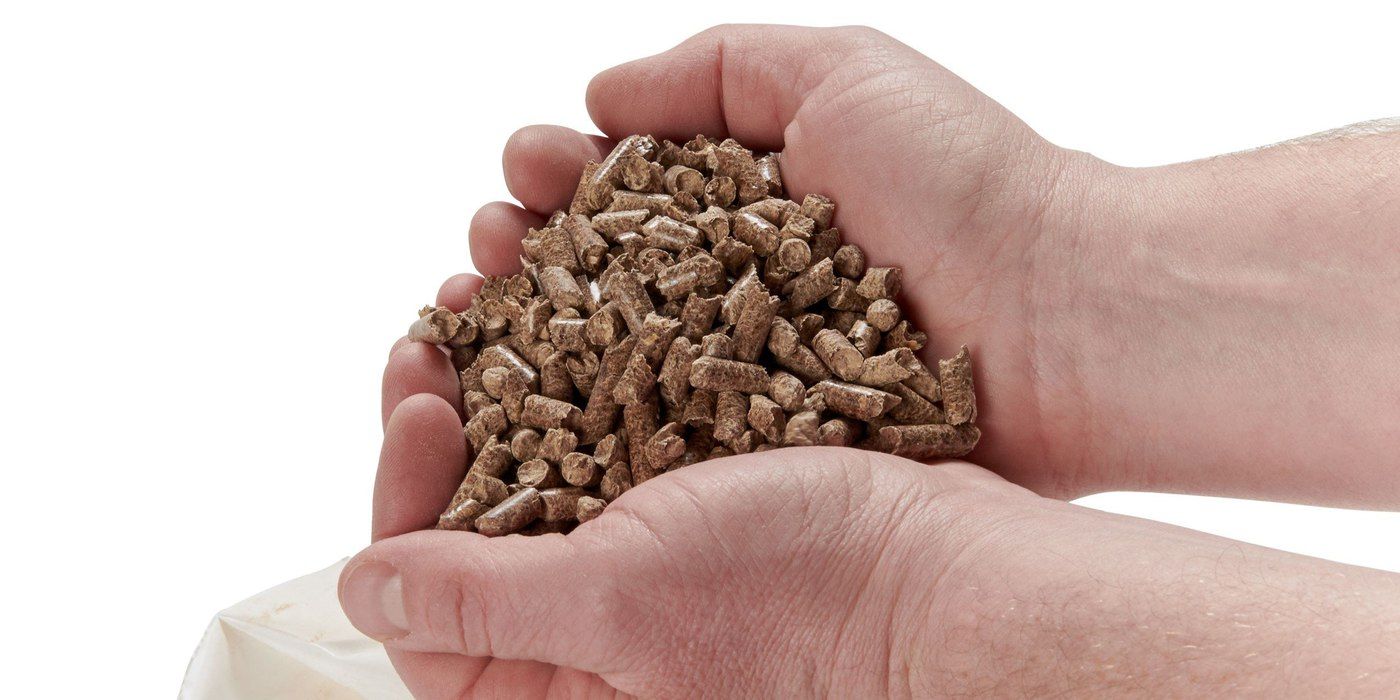Subscribe now and get our latest blog and video content delivered straight to your inbox.
How Does a Smokeless Fire Pit Work?

Nov 7, 2023

A fire pit provides a warm, cozy way to relax outdoors during the fall and winter months. But as enjoyable and welcoming as they are, fire pits have a major problem that you’ve probably experienced yourself: smoke from the fire can become overwhelming, irritating you during what should be a relaxing experience.
Smokeless fire pits solve this problem, eliminating the obnoxious fumes and allowing for a much better outdoor experience.
But have you ever wondered how a smokeless fire pit works its magic?
As the manufacturers of Flame Genie smokeless pellet fire pits, we’re well aware of what makes a smokeless fire pit work — how fuel and design combine to offer a pleasant, smoke-free experience. And we want to share what we know with you.
By the time you’re done here, you’ll understand how a smokeless fire pit works and, armed with that knowledge, you’ll be able to decide whether or not you should get one for yourself.
Wood Pellets

Every fire needs fuel, and in a smokeless fire pit, wood pellets are the fuel of choice. But how does burning wood pellets instead of logs help eliminate smoke? The answer lies in the moisture content of both fuels.
Logs may have more water in them than you might expect. A freshly cut, unseasoned log could contain up to 50% of its weight in water. Smoke from a fire is a result of this moisture content; the more water in the log, the more smoke it will produce. That’s why veteran wood burners follow good burn practices and allow their logs to season for at least six months.
Wood pellets are made of compressed sawdust and held together by lignin (an organic material found in wood). Unlike a log, these wood pellets contain virtually no moisture in them, allowing for a highly efficient, smoke-free burn.
Smokeless Fire Pit Design
The lack of moisture content in wood pellets helps to reduce or even eliminate smoke, but that’s not the whole story. The design of the fire pit itself also plays a hand in keeping the environment smoke-free — particularly the airflow system.
The Flame Genie, as an example, is divided into two pieces: the upper portion in which the fire burns, and the lower portion which catches ashes as the pellets burn up. The upper portion is made of a hollow cylinder with an outer wall and an inner wall.

As the fire burns in the fire pit, cool air from the outside enters through two spots: holes in the lower portion and holes in the upper portion.
The air entering through the lower portion rises up through the pellets, providing oxygen to the fire. The air entering through the upper portion rises through the hollow cylinder and heats up. This superheated air exits through the inner wall of the upper chamber and interacts with gasses from the burning pellets.

When the gasses from the pellets meet the superheated air, they catch fire, resulting in a secondary combustion. If everything is functioning properly, there will be flames coming from two locations: the pile of pellets, and the airflow holes in the top of the fire pit.
Do Smokeless Fire Pits Really Work?

In short, yes! The combination of the airflow design and the pellet fuel work together to produce a truly smokeless fire that provides plenty of warmth and a great ambiance. That doesn’t mean that there aren’t caveats to consider, though.
For one, wood pellets tend to burn up a lot more quickly than logs. You may find yourself having to fill your smokeless fire pit with pellets much more frequently than simply adding an additional log to a fire.
You also need to be careful when adding new pellets to the fire because it’s very easy to smother the fire accidentally. Keep a cup on hand and add pellets frequently and in small amounts. Be sure to spread the new pellets out well as you add them, and use hearth tools (like a shovel or fire poker) to mix the new pellets in with the burning pellets.
Finally, it can be tough to get a pellet fire going initially. You can spray a little bit of lighter fluid around the perimeter of the pellets before lighting them, but do so sparingly. If you do this, be very careful when lighting the pellets.
Should You Get a Smokeless Fire Pit?
The old adage goes, “Where there’s smoke, there’s fire.” So it can be surprising to learn about smokeless fire pits and easy to wonder about how they work.
At this point, it should be clear that the pellet fuel and the airflow design of the fire pit itself work in tandem to create a smokeless burn.
But should you get a smokeless fire pit?
The answer depends; if you have a traditional fire pit that you like and you don’t mind the smoke it produces, you may not need to invest in a smokeless fire pit.
But if you’re tired of getting smoke in your eyes and your clothes and you tend to build a lot of outdoor fires, a smokeless fire pit may be just what you need. Flame Genie is a great place to start; it’s a well-reviewed, tried-and-true smokeless fire pit made right here in the USA.
And if Flame Genie doesn’t seem like a good fit for you, it’s a good time to be in the market for a smokeless fire pit — there are plenty of great options out there in all kinds of sizes and price ranges.

